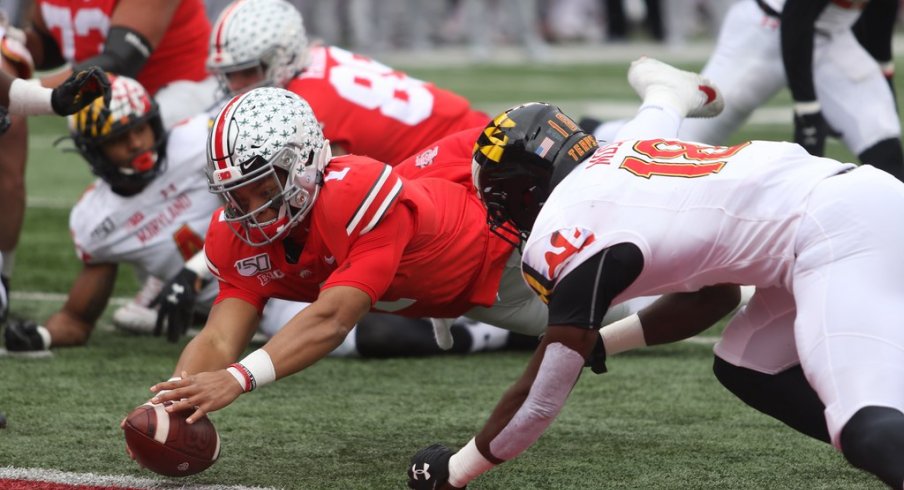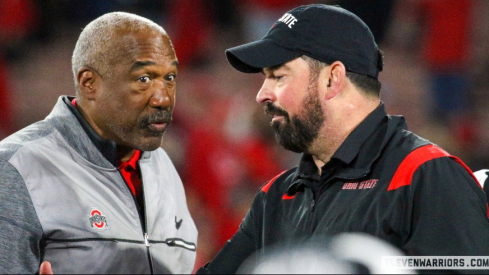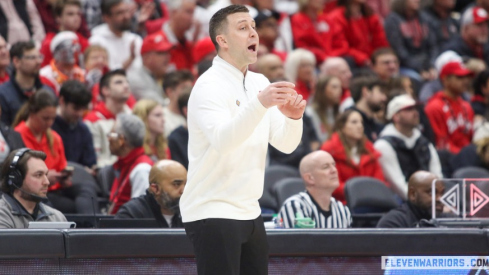A year after a two-point conversion attempt gone wrong effectively saved the rest of Ohio State's season, the local team had to make a statement.
Despite losing its best player the day before, the Buckeyes did just that, trampling the Terrapins 73-14. It was a team effort through and through, with most of the starters taking the day off by halftime.
In today's Inside the Box, we'll take a look at Ohio State's defensive dominance, its success on first downs, and the Buckeyes' red zone efficiency.
Defensive Transformation in One Year
As the victories continue to increase each and every week, I find myself constantly asking, to no one in particular, the same question: how is this the same defense as last year?
A year ago, the Bucks ranked fiftieth in points allowed per game. Today, Ohio State possesses the best scoring defense in the country and is the only program in the nation to, on average, keep their opponents in the single digits.
Last season against Maryland, the Terrapins had a serious chance at an upset, scoring 51 points off of the back of Anthony McFarland Jr., who totaled 298 rushing yards and two touchdowns. On Saturday, the redshirt sophomore was held to just seven yards and six attempts. As a whole, the visitors only gained 62 rushing yards, with 60 of those coming in the closing quarter.
It was the best second-best defensive performance of the year for the Buckeyes.
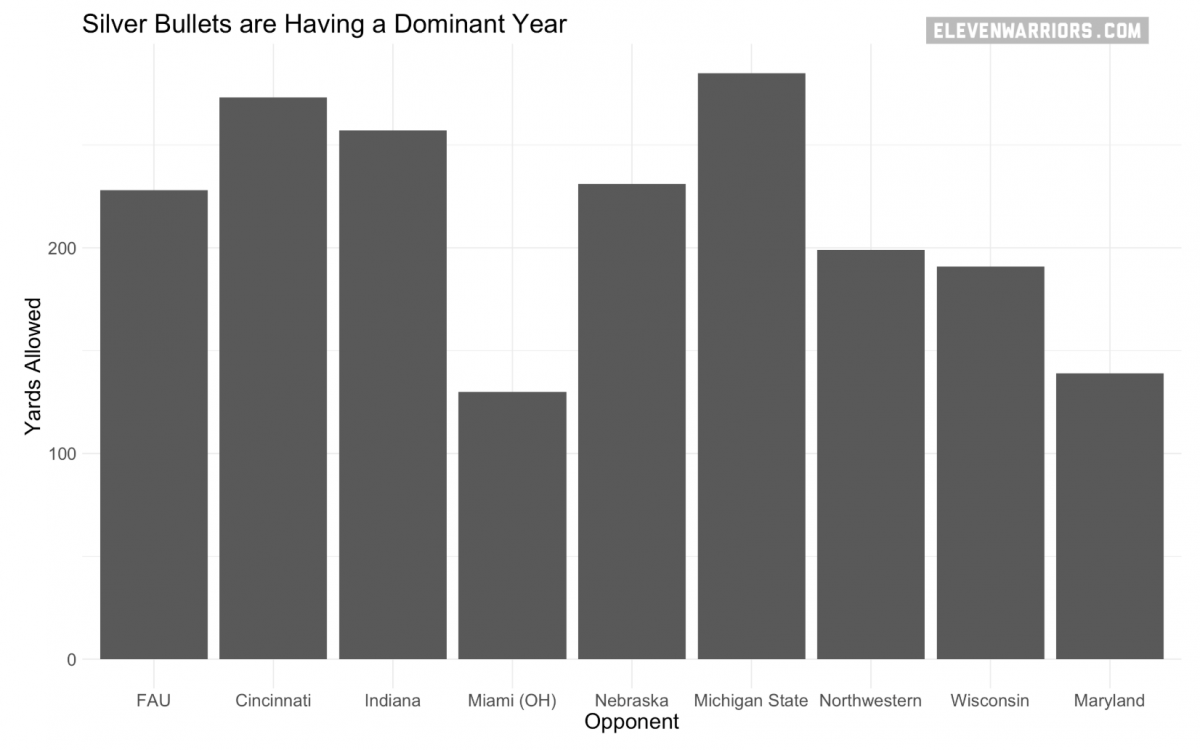
Through nine contests, Ohio State has not allowed 300 yards in a single game. Last year's defense allowed 300+ yards 11 times in 14 games.
At a time where most elite defensive programs are struggling (Alabama and Lousiana State are No. 14 and No. 36, respectively, in points allowed per game), the Buckeyes' resurgence is one of the most important storylines of the year.
First Down Success Goes a Long Way
While Ohio State's second-quarter outbursts have garnered national attention, the Buckeyes' success on first down may be even more impressive.
Against Maryland, the home team gained 363 of their 705 total yards on first down while averaging 7.3 yards every time they earned a fresh set of downs. This success helped the Bucks stay ahead of the chains each time, pushing them towards short-yardage situations in later downs.
A direct effect of this early-down success can be seen on third-down. Ohio State leads the nation in third down conversion rate (58.2%) and is a direct result of its first down plays. For example, the Buckeyes were six-for-eight in third-and-short situations against Maryland, outperforming their season average.
While third down is still the most important down in football, the Bucks are doing a good job of avoiding it in the first place; Ohio State ran 50 plays on first downs and just 14 third downs. As long as the home team stays ahead of the sticks on first down, no one can stop them.
Additionally, Ohio State did the majority of its scoring on the opening down, scoring seven touchdowns on first downs. The Buckeyes did not turn the ball over or get sacked on first down against Maryland.
Red Zone Offense Leads the Way
A year ago, Ohio State was scoring on just 77% of its trips inside the twenty. Now, the Bucks are up to nearly 90%.
While the home team's offense does not rely on big plays, its sustainable drives and frequent trips to the red zone have made them the highest-scoring offense in the nation.
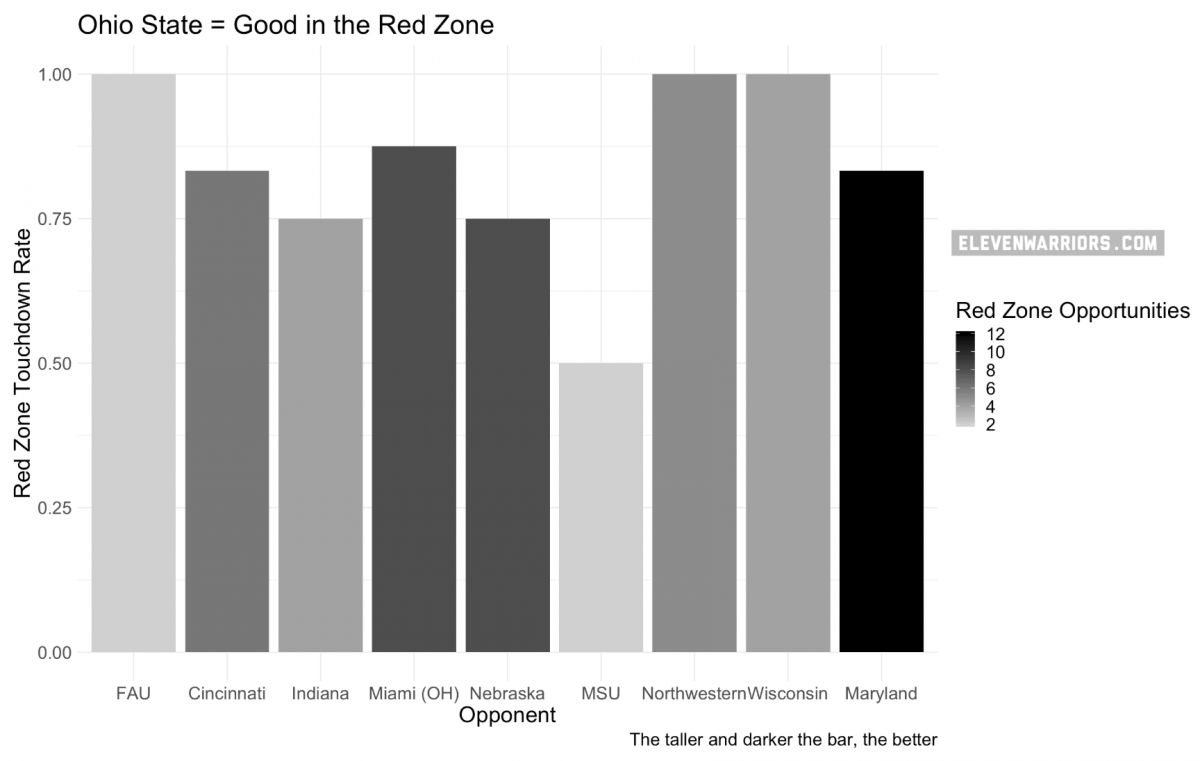
The home team's offensive scheme, four elite red zone targets on the perimeter, and two running threats in the backfield as made the Buckeyes nearly impossible to guard inside the twenty.
Against Maryland, this strength was once again put on full display as the Bucks finished 10 of their 12 trips to the red zone with a touchdown (one possession ended with a field goal, another with a fumble). In fact, Ohio State's red zone touchdown percentage went down following the game, from 84.62% to 84.31%. Despite this drop, the Buckeyes still own the second-best red zone touchdown rate in the nation.
This number should not fall this week, of course, as the Bucks will travel to Rutgers for what will likely be the most one-sided contest of the season.
